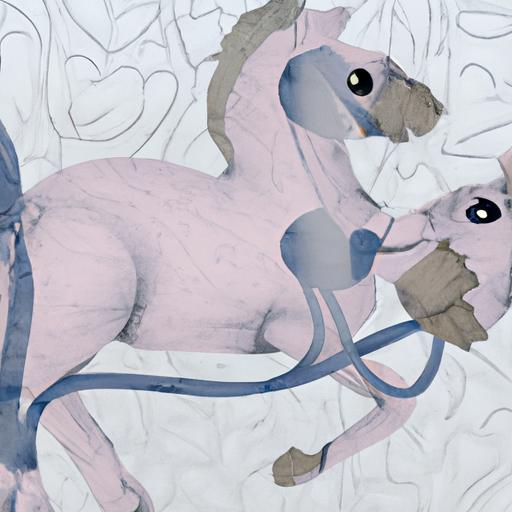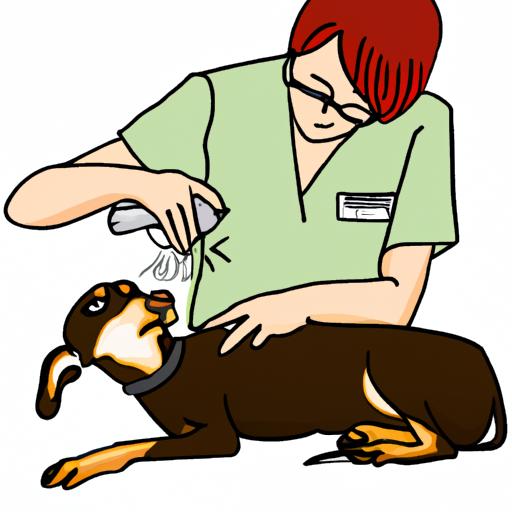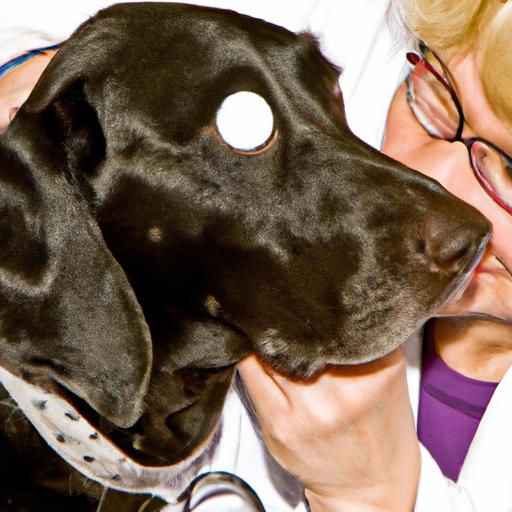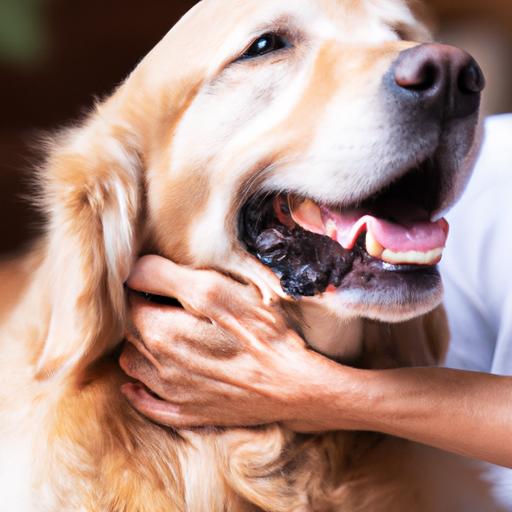
Canine Intervertebral Disc Disease: Recognizing Symptoms
Learn to recognize the symptoms of Canine Intervertebral Disc Disease with our comprehensive guide. Early detection is key for your furry friend’s well-being.
Introduction
As pet owners, we always want the best for our furry friends. Unfortunately, just like humans, dogs can also suffer from various health conditions. One such condition that often goes unnoticed is Canine Intervertebral Disc Disease (CIVDD). This article aims to shed light on the importance of recognizing the symptoms of CIVDD early on, allowing for timely intervention and treatment. By understanding the signs and taking prompt action, we can ensure our beloved canines receive the care they need to live a happy and healthy life.
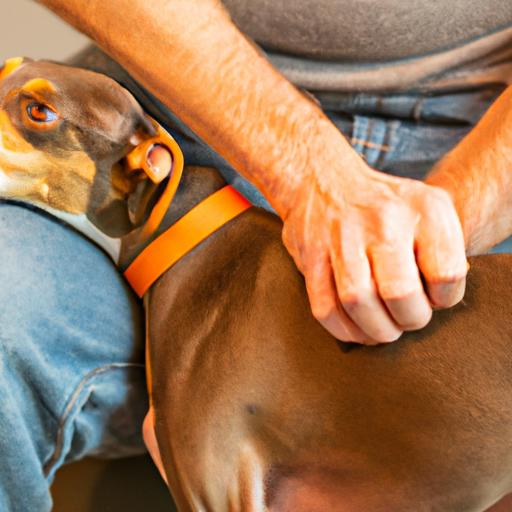
Recognizing Symptoms of Canine Intervertebral Disc Disease
When it comes to CIVDD, recognizing the symptoms is crucial for early detection and effective management. Here are some key indicators to look out for:
1. Overview of Common Symptoms
CIVDD can manifest itself in various ways, depending on the affected area of the spine. Some common symptoms include:
- Back or neck pain: Dogs with CIVDD may experience discomfort or pain in their back or neck region. They may exhibit signs of stiffness, reluctance to move, or even cry out in pain.
- Loss of coordination: If you notice your dog stumbling, having difficulty walking or standing, or displaying an unsteady gait, it could be a sign of CIVDD.
- Weakness or paralysis: In some severe cases, CIVDD can lead to weakness or even paralysis in the rear limbs. This is an alarming symptom that requires immediate attention from a veterinarian.
2. Physical Signs to Look Out For
Apart from the symptoms mentioned above, there are specific physical signs that can aid in identifying CIVDD:
- Hunched posture: Dogs with CIVDD may adopt a hunched or arched back posture, indicating pain or discomfort.
- Muscle spasms: Observe your dog for any muscle spasms, particularly along the spine. These spasms may be visible or felt upon gentle palpation.
- Sensitivity to touch: Dogs with CIVDD may exhibit sensitivity when touched or petted, particularly in the affected area.
3. Behavioral Changes Indicating CIVDD
In addition to physical symptoms, there are certain behavioral changes that can serve as red flags for CIVDD:
- Lethargy: If your usually active and energetic dog suddenly becomes lethargic or shows a lack of interest in activities, it could be a sign of underlying pain or discomfort caused by CIVDD.
- Changes in appetite: Dogs in pain may experience a loss of appetite or demonstrate a decrease in food intake. Conversely, some dogs may seek comfort in food and exhibit increased appetite.
- Altered bathroom habits: CIVDD can affect a dog’s ability to control their bladder and bowel movements. Watch out for any changes in their bathroom habits, such as accidents in the house or difficulty urinating.
Frequently Asked Questions about Canine Intervertebral Disc Disease (FAQ)
As pet owners, we often have questions regarding the well-being of our furry companions. Here are some frequently asked questions about Canine Intervertebral Disc Disease:
What breeds are most susceptible to CIVDD?
While CIVDD can affect dogs of any breed, certain breeds are more prone to developing this condition. Dachshunds, French Bulldogs, Pekingese, and Corgis are among the breeds commonly associated with a higher risk of CIVDD due to their elongated spinal structures.
Are there any preventive measures for CIVDD?
While it is not always possible to prevent CIVDD, certain measures can reduce the risk or severity of the condition. Maintaining a healthy weight, engaging in regular low-impact exercise, and avoiding activities that put excessive strain on the spine can help minimize the chances of CIVDD.
How is CIVDD diagnosed by veterinarians?
Veterinarians employ various diagnostic tools to confirm CIVDD. These may include physical examinations, neurological assessments, imaging techniques like X-rays or MRI scans, and sometimes, fluid analysis or biopsies. A thorough evaluation by a qualified veterinarian is necessary to accurately diagnose CIVDD.
What treatment options are available for CIVDD?
The treatment approach for CIVDD depends on the severity of the condition. Mild cases may be managed with rest, medication to alleviate pain and inflammation, and physical therapy. In more severe cases, surgery may be required to relieve pressure on the spinal cord and address any associated complications. The appropriate treatment plan is best determined by a veterinarian specializing in canine spinal conditions.
Conclusion
Recognizing the symptoms of Canine Intervertebral Disc Disease is vital for the well-being of our furry companions. By being attentive to physical signs, behavioral changes, and understanding the risks associated with certain breeds, we can take prompt action and seek proper veterinary care. Early detection and intervention can significantly improve the prognosis and quality of life for dogs affected by CIVDD. Remember, our dogs rely on us to be their advocates, so let’s be proactive in recognizing and addressing the symptoms of this condition.

